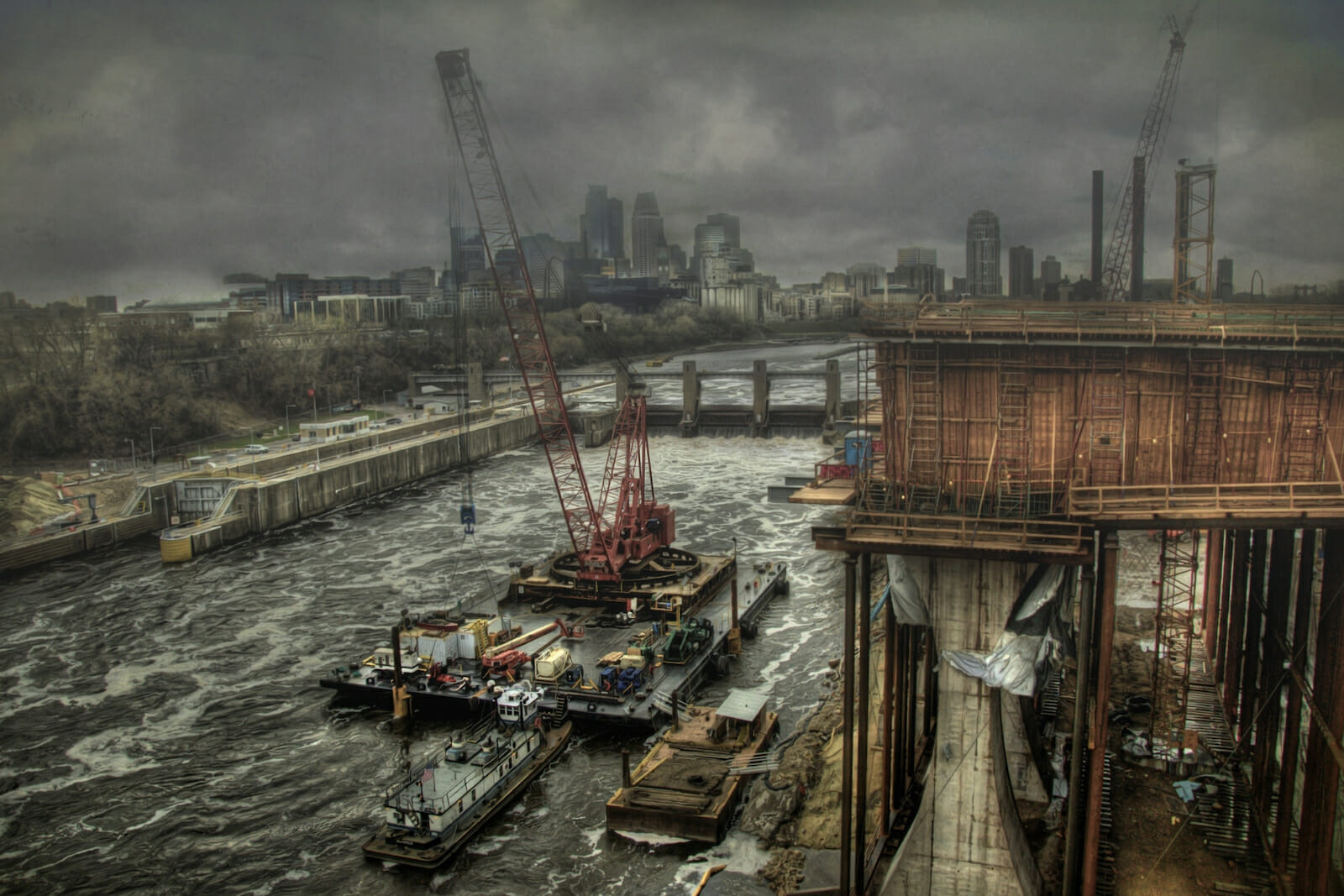
Politics
Will the Presidential Hopefuls Commit to Fixing Our Crumbling Infrastructure?
This week’s power failure in parts of Washington, D.C. are a reminder, as if one were needed, about the deplorable state of infrastructure more generally in the United States. Many of our roads are in miserable shape (and not just because of the brutal winter), our bridges are crumbling, and many of our airports are nothing short of an embarrassment. Overseas visitors arriving for the first time at any of the greater New York City airports must wonder if there has been some mistake, and they have instead just arrived in a developing country.
As was the case with presidents before him, President Obama had an opportunity to address this issue head on when he first came into office, to make spending the enormous sums that will ultimately be required to solve the problem a priority. It is truly regrettable that he did not, for the problem is becoming critical.
The American Society of Engineers gives the U.S. a “D+” for the state of its infrastructure, and estimated in 2013 that it will cost $3.6 trillion to bring America’s public infrastructure to an acceptable level by 2020. Chronic underinvestment in the nation’s essential infrastructure will ultimately require a national investment plan unseen since Europe’s post-war reconstruction.
So many facets of the American economy — as well as its leadership globally — depend on the commons, those shared resources on which we all rely, such as energy, gas and water pipelines and high-speed internet. As is the case with our intelligence services — and the air we breathe — the commons only draw attention when they fail, or become scarce. Otherwise, there is a reasonable expectation — and a taxpayer right — to presume that a modern competitive economy will possess blindingly fast internet, high-speed trains, and clean drinking water, while having a reliable and redundant energy grid.
Yet on all these fronts, the U.S. scores poorly — a sign that Washington’s short-termism and partisanship has already taken a huge toll. According to the World Economic Forum’s Global Competitiveness Report for 2013, the U.S. ranks 25th in the world in terms of overall infrastructure, behind such nations as Barbados and Oman, and only one spot ahead of Qatar. The quality of America’s air transport infrastructure is ranked 30th in the world, while quality of the electricity supply ranks 33rd.
The president understands the problem and is urging Congress to do something about it. In a speech last year, he said: “We have ports that aren’t ready for the next generation of cargo ships,” We’ve got more than 100,000 bridges that are old enough to qualify for Medicare. We’ve got leaky pipes that lose billions of gallons of drinking water every single day, even as we have a severe drought in much of the West. Nearly half our people don’t have access to transit at all. And I don’t have to tell you what some of our airports look like…Over the past 50 years…our investment in transportation has shrunk by 50 percent. You know what other countries are doing? European countries now invest twice as much as we do. China invests four times what we do in transportation.” Yet, as America falls further and further behind, Congress has other ‘priorities.’ Arriving at a solution for a critical infrastructure challenge the U.S. faces is neither achieved in an electoral cycle, nor is it decided along party lines. The insidious impact of corroded commons affects everyone equally.
The first step, of course, is to acknowledge that this looming threat exists. The second step is to finance viable solutions over the long term. Although America’s political and financial allocation system is deeply flawed, our financial commons are deep enough to address our infrastructure deficit. Leveraging America’s vibrant capital markets and the world’s ‘flight to quality’ for U.S. investments could draw the needed trillions into national reconstruction efforts. The billions in public finance that was used to prop up the financial system during the Great Recession has proven to be a good investment.
The business case for investment in tangible critical infrastructure is equally strong, however not very glamorous in the age of the internet. Many attributes that have historically given the U.S. its comparative advantage are now waning, but we should surely not wait for a calamity to give this challenge the attention it deserves. Indeed, a national critical infrastructure plan will be an economic boon akin to the shale gas bonanza that has shifted the global energy epicenter to America. Managed correctly, such a plan can harness global capital, as there is no better place on earth to invest — and investors know it. So, which presidential contender will make resolving our infrastructure deficit his or her priority? Whoever will do so deserves a seat in the Oval Office.


